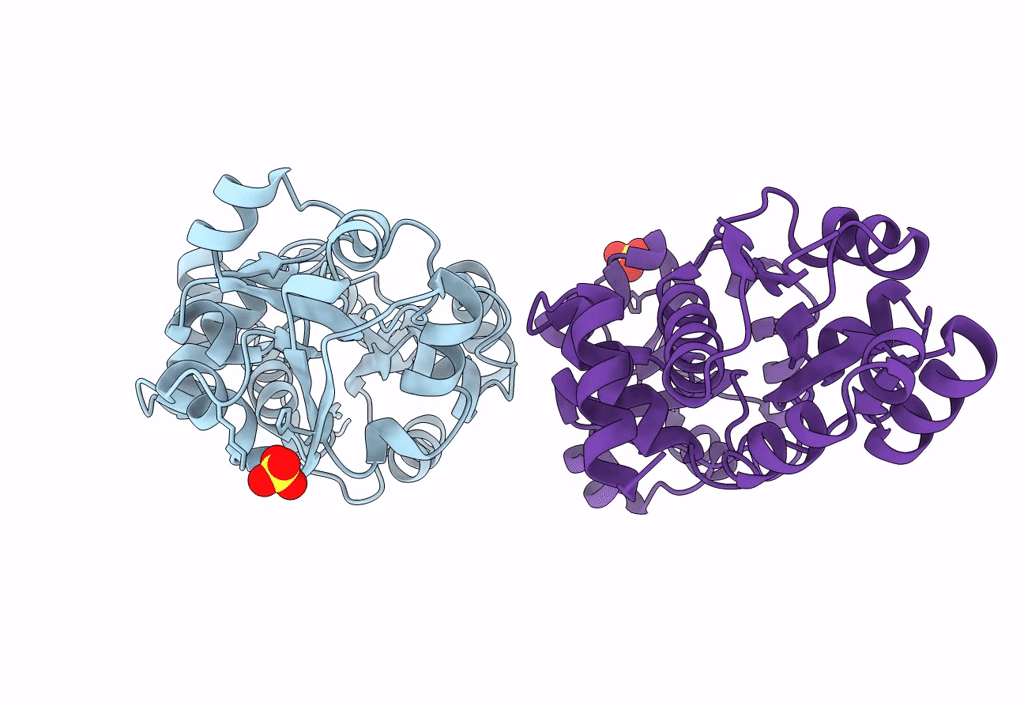
Deposition Date
2022-07-15
Release Date
2022-11-09
Last Version Date
2024-05-22
Entry Detail
Biological Source:
Source Organism:
Helicobacter pylori (strain P12) (Taxon ID: 570508)
Host Organism:
Method Details:
Experimental Method:
Resolution:
1.30 Å
R-Value Free:
0.18
R-Value Work:
0.17
Space Group:
C 1 2 1


